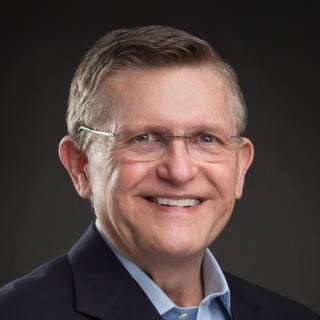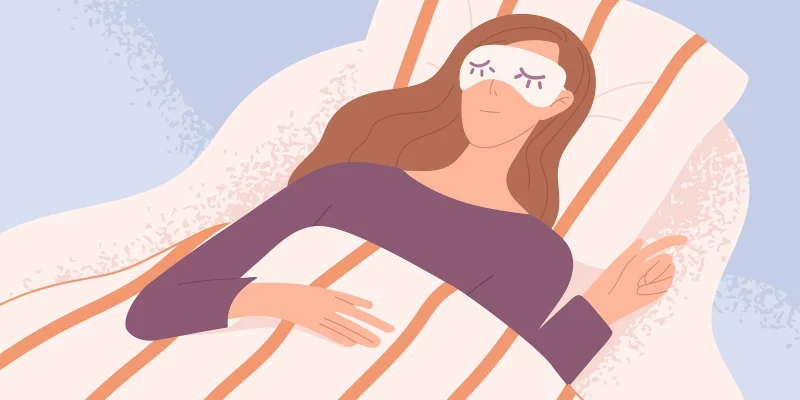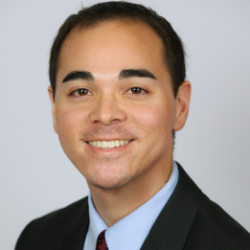AUA 2022 was the first in-person AUA conference in over 1,000 days. On Convention Boulevard, rows of attendees in suits paced through the humid heat of New Orleans. A sense of palpable excitement permeated the Ernest N. Morial Convention Center during the weekend. Greetings between familiar faces were seen and heard around every corner. Podium sessions were filled with constant exchange of ideas among the presenters, moderators, and audience. AUA '22 was a pressure relief valve for urologists who had been eager to share their progress in innovations.
Similar to previous conferences, a primary goal of the AUA '22 was to promote advances in the field. The use of Robotic Single Port (SP) Platform for urologic surgeries was approved by the FDA in 2018. However, the initial adoption of and research on the single-port platform in urology have been slowed in-part by the COVID-19 pandemic. At AUA '22, several sessions explored various aspects of the novel SP platform. In a featured plenary session, Dr. Jihad Kaouk from Cleveland Clinic and Dr. Jeffrey Caddedu from University of Texas Southwestern Medical Center debated the advantages and disadvantages of SP and MP robotic prostatectomy. In his argument for the MP platform, Dr. Caddedu stated that the SP platform had a steep learning curve and greater costs without evidence of improvement in oncologic outcomes. To counter, Dr. Kaouk proposed several the advantages of the SP platform: regional dissection which may be advantageous for select patients, earlier time to continence, and decreased postoperative opioid requirements. At a moderated poster session, Dr. Mark Biebel from Washington University School of Medicine in St. Louis presented single-institution cost-analysis data for SP prostatectomy that complemented the debate, showing that the mean cost per case for SP prostatectomy was $907 (39%) greater than its MP counterpart. The urology community’s interest in constant innovation is evident as the field has adopted numerous new technologies, including the SP robotic platform, in recent years. Despite this open-mindedness, the community is careful to avoid innovating simply for the sake of innovation. The ongoing debate and abundance of ongoing research to evaluate novel technologies help ensure that each innovation provides value to patients.
The novel format of AUA '22 also represented the innovative spirit of the conference. The hybrid-format not only allowed in-person attendees to connect with others, but also provided the attendees with access to review previous presentations at any time. The new format for presenting video abstracts was impressive and effective. Abstracts containing surgical videos were played on an open screen near high traffic areas at the convention center with the audio playing from headphones attached to hand-held radio that could be checked out. Attendees passing by could view the videos as a break between other conference activities. More often than not, the attendees were intrigued and would stay for at least a few sessions.
In addition to the technologic innovations, AUA '22 also emphasized research on healthcare access and social determinant of urologic health. In a brilliant podium presentation presented at the Society of Urologic Oncology meeting, Dr. Randy Vince from University of Michigan tied in his personal experiences and stories to discuss race as a social construct, the impact of racism on health outcomes, and the consistent impact of social determinants of health on both overall and cancer-specific mortality. Several podium presentations in the health service research areas drew our attention in particular. Dr. Stephen Pittman from University of Kansas Medical Center showed that population shifts in the past 18-years has resulted in decreased urologist access in rural areas. A solution to this decreased access may be found in a podium presentation by Dr. Jeffrey Bergman from University of California Los Angeles, showing that clinical integration of urology eConsult can provide timely access to urology care for large patient populations. Innovations in urology contribute to disparity due to uneven distribution of and access to these new technologies. With consistent research in health access and improvement in disparity awareness, the urology community may continue identify and develop solutions to reduce disparity in urologic care.
AUA '22 was a hub center for urologic research, innovation, and collaboration. The atmosphere of celebration and enthusiasm at the convention center further stimulated attendees’ engagement at each of the hosted sessions. The serendipitous meetings between previous colleagues, old friends, as well as mentors and mentees helped foster collaborative projects. As we recover from the inevitable sadness of leaving the conference, we look forward to sharing our work and learning from the community again at AUA 2023 in Chicago.
Dr. Palese and Chih Peng Chin have no conflicts of interest to report.
Illustration by April Brust






